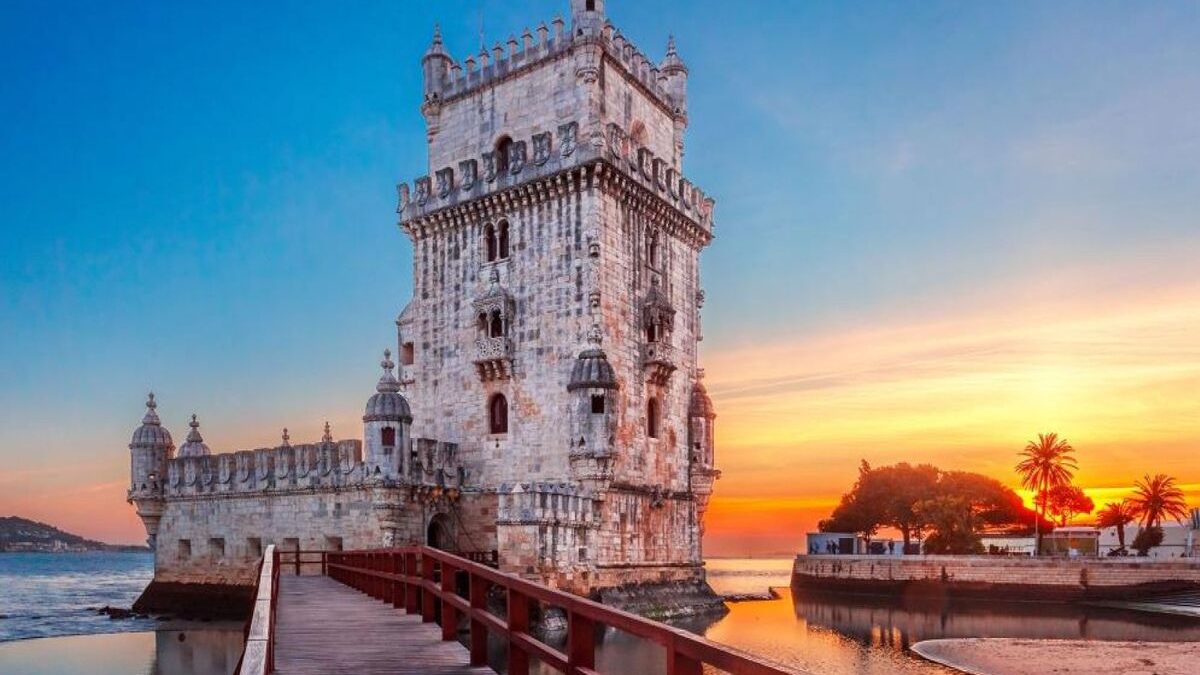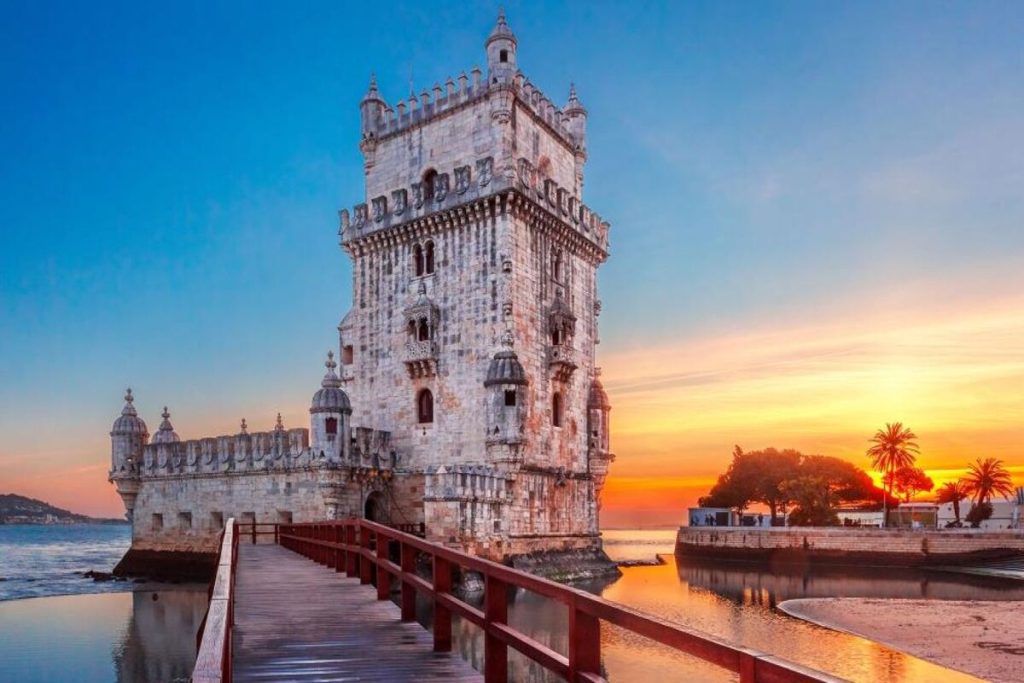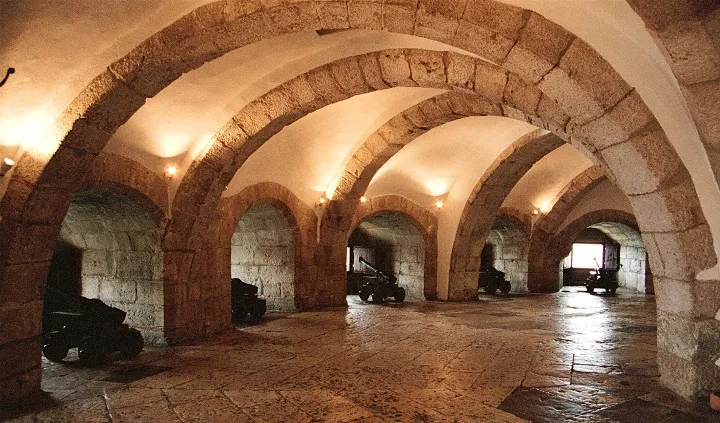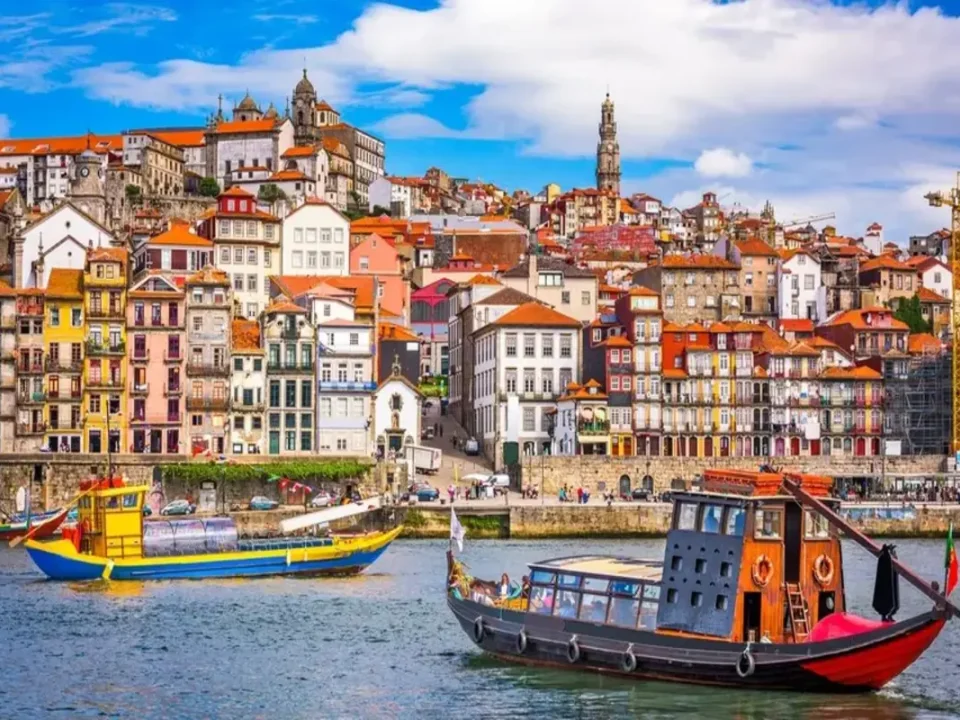Discover the Historic Charm of Belem Tower: Your Ultimate Tourist Guide to Lisbon’s Iconic Landmark

Discover the Historic Charm of Belem Tower: Your Ultimate Tourist Guide to Lisbon’s Iconic Landmark
Welcome to Belem Tower, one of Lisbon’s most iconic and beloved landmarks. Also known as the Tower of St. Vincent, this remarkable fortress is a testament to Portugal’s Age of Discoveries and a symbol of the country’s rich maritime heritage. Situated along the northern bank of the Tagus River, Belem Tower has stood as a guardian of the city for over 500 years. This comprehensive guide provides everything you need to know for an unforgettable visit to Belem Tower, including its history, architectural highlights, nearby attractions, and unique features.

A Glimpse into the History of Belem Tower
Historical Background
Belem Tower, or Torre de Belem in Portuguese, was constructed between 1514 and 1520 during the reign of King Manuel I. Designed by military architect Francisco de Arruda, the tower was originally built as a fortress to protect Lisbon from invaders and as a ceremonial gateway to the city for sailors returning from the New World. Over the centuries, Belem Tower has served various purposes, including a customs house, a telegraph station, and even a lighthouse.
UNESCO World Heritage Site
In 1983, Belem Tower, along with the nearby Jeronimos Monastery, was designated as a UNESCO World Heritage Site. This recognition underscores the tower’s historical and cultural significance and its outstanding example of Manueline architecture, which is characterized by ornate, maritime-inspired motifs.
Architectural Marvels of Belem Tower
Manueline Style
Belem Tower is a stunning example of Manueline architecture, a distinctive style that emerged during the reign of King Manuel I. This architectural style incorporates elements of Gothic, Moorish, and Renaissance influences, along with intricate maritime motifs that celebrate Portugal’s seafaring heritage.
- Ornate Facade: The tower’s facade is adorned with intricate carvings of ropes, knots, and other nautical symbols, reflecting the maritime culture of the time.
- Ribbed Vaulting: The interior of the tower features ribbed vaulting, a hallmark of Gothic architecture, adding to its grandeur and structural integrity.
- Decorative Elements: Look for the stone rhinoceros carved on the western facade, a nod to the exotic animals brought to Portugal from its colonies.
Defensive Features
Originally built as a defensive fortress, Belem Tower boasts several features designed to protect Lisbon from invaders.
- Crenellations and Bartizans: The tower is topped with crenellations (battlements) and bartizans (turrets) that provided cover for guards and archers.
- Cannons and Gun Ports: The lower level of the tower is equipped with gun ports and cannons that once defended the city against enemy ships.
- Drawbridge and Portcullis: The entrance to the tower was originally accessible via a drawbridge, adding an extra layer of security.
Exploring Belem Tower
The Lower Battery
Begin your exploration of Belem Tower at the lower battery, which houses the tower’s original cannons and gun ports. This level provides a fascinating glimpse into the tower’s military history and its role in protecting Lisbon from naval attacks.
- Cannon Displays: Observe the well-preserved cannons that once defended the city. Informational plaques provide details about their use and historical significance.
- Prison Cells: The lower battery also contains small prison cells that were used to detain prisoners during the tower’s time as a fortress.

The Governor’s Room
The Governor’s Room, located on the first floor, is where the tower’s commander would have resided. This room features a grand fireplace and large windows that offer stunning views of the Tagus River.
- Historical Exhibits: The room now houses historical exhibits and artifacts related to the tower’s history and Portugal’s Age of Discoveries.
- Architectural Details: Admire the room’s decorative elements, including the intricate stone carvings and ornate ceiling.
The King’s Room
The King’s Room, situated on the second floor, was reserved for visiting royalty and dignitaries. This room offers a panoramic view of the surrounding area and is one of the most elegant spaces within the tower.
- Royal Accommodations: Learn about the luxurious accommodations provided for visiting nobility, including detailed descriptions of the furnishings and decor.
- Scenic Views: Enjoy breathtaking views of the Tagus River, the 25 de Abril Bridge, and the surrounding landscape from the room’s large windows.
The Chapel
The third floor of Belem Tower houses a small chapel dedicated to St. Vincent, the patron saint of Lisbon. This serene space features beautiful stained-glass windows and a simple altar.
- Religious Artifacts: Explore the religious artifacts on display, including statues and icons that reflect the tower’s spiritual significance.
- Peaceful Atmosphere: The chapel provides a quiet place for reflection and contemplation amidst the tower’s historical splendor.
The Roof Terrace
The roof terrace offers a 360-degree view of Lisbon and the Tagus River, making it the perfect spot to capture stunning photos and take in the beauty of the city.
- Panoramic Views: Enjoy sweeping views of Lisbon’s skyline, the river, and nearby landmarks such as the Monument to the Discoveries and Jeronimos Monastery.
- Photographic Opportunities: Capture memorable photos from this vantage point, with the city and river providing a picturesque backdrop.
Nearby Attractions
Jeronimos Monastery
Just a short walk from Belem Tower, Jeronimos Monastery is another UNESCO World Heritage Site and a masterpiece of Manueline architecture. This grand monastery was built to commemorate Vasco da Gama’s successful voyage to India and serves as a symbol of Portugal’s Age of Discoveries.
- Church of Santa Maria: Explore the stunning church, which houses the tombs of Vasco da Gama and other notable figures from Portuguese history.
- Cloisters: Wander through the monastery’s beautiful cloisters, adorned with intricate stone carvings and detailed arches.
Monument to the Discoveries
Located along the riverfront, the Monument to the Discoveries celebrates Portugal’s explorers and their contributions to world exploration. The monument, shaped like a ship’s prow, features statues of prominent figures from the Age of Discoveries, including Prince Henry the Navigator and Vasco da Gama.
- Viewing Platform: Take the elevator to the top of the monument for panoramic views of Belem, the Tagus River, and the surrounding area.
- Exhibits: The monument’s interior houses exhibits and displays that provide insights into Portugal’s maritime history and its explorers.
Belem Cultural Center
The Belem Cultural Center is a modern cultural complex that hosts a variety of exhibitions, concerts, and performances. It’s a great place to explore contemporary art and culture while visiting Belem.
- Art Exhibits: The center features rotating art exhibits that showcase works by local and international artists.
- Concerts and Performances: Check the center’s schedule for concerts, theater performances, and other cultural events.
Pasteis de Belem
No visit to Belem is complete without trying the famous Pasteis de Belem, a delicious Portuguese custard tart. The original bakery, located near Belem Tower, has been serving these sweet treats since 1837.
- Authentic Recipe: Enjoy a freshly baked pastel de Belem made using the original, secret recipe.
- Cafe Experience: Sit down at the cafe and savor your tart with a cup of coffee or tea, soaking in the local ambiance.
Practical Information for Tourists
Getting There
Belem Tower is easily accessible from central Lisbon by public transportation, car, or even by walking if you’re in the nearby Belem district.
- By Tram: The iconic tram 15E runs from central Lisbon to Belem, with a stop conveniently close to Belem Tower.
- By Bus: Several bus lines, including 727 and 728, stop near Belem Tower, making it easy to reach from various parts of the city.
- By Train: The Cascais Line stops at Belem Station, which is a short walk from the tower.
Opening Hours and Tickets
Belem Tower is open to visitors year-round, but hours may vary depending on the season. It’s advisable to check the official website for the most up-to-date information on opening times and ticket prices.
- Opening Hours: Generally, Belem Tower is open from 10:00 AM to 5:30 PM, with extended hours in the summer months.
- Tickets: Tickets can be purchased on-site, but it’s recommended to buy them online in advance to avoid long lines, especially during peak tourist season.
Accessibility
While Belem Tower is a historical site with many narrow stairs and confined spaces, efforts have been made to accommodate visitors with disabilities.
- Ground Level: The lower battery and some exterior areas are accessible to visitors with mobility issues.
- Guided Tours: Consider joining a guided tour that can provide additional assistance and accommodate specific needs.
Tips for an Enjoyable Visit
Plan Your Visit
To make the most of your visit to Belem Tower, it’s helpful to plan ahead and allocate enough time to explore the tower and nearby attractions.
- Early Arrival: Arrive early in the day to avoid crowds, especially during peak tourist season.
- Combined Tickets: Consider purchasing a combined ticket that includes entry to both Belem Tower and Jeronimos Monastery for a comprehensive experience.
Capture the Moment
Belem Tower is one of the most photogenic spots in Lisbon, so be sure to bring your camera or smartphone to capture its beauty.
- Best Views: The best views of the tower are from the riverside, where you can capture the entire structure against the backdrop of the Tagus River.
- Sunset Photography: Visit during sunset for breathtaking photos with the golden light reflecting off the tower and the river.
Unique Features
of Belem Tower
Maritime Museum
The Maritime Museum, located within the Belem Cultural Center, is an excellent complement to your visit to Belem Tower. The museum provides a deeper understanding of Portugal’s maritime history and the Age of Discoveries.
- Historical Artifacts: Explore exhibits featuring navigational instruments, ship models, and artifacts from Portugal’s seafaring past.
- Interactive Displays: Engage with interactive displays that bring the history of Portuguese exploration to life.
Modern Art Museum (Museu Colecao Berardo)
The Berardo Collection Museum, also located in the Belem Cultural Center, is home to an impressive collection of modern and contemporary art.
- Art Exhibits: The museum features works by renowned artists such as Pablo Picasso, Salvador Dali, and Andy Warhol.
- Cultural Events: Check the museum’s schedule for special exhibitions, workshops, and cultural events.

Conclusion
Belem Tower is a true gem of Lisbon, offering visitors a unique glimpse into Portugal’s rich maritime history and stunning examples of Manueline architecture. From its fascinating historical exhibits and breathtaking views to its nearby attractions and delicious local treats, Belem Tower provides an unforgettable experience for all who visit. Plan your trip to Belem Tower and immerse yourself in the beauty and history of one of Lisbon’s most cherished landmarks. Embrace the opportunity to explore, learn, and create lasting memories in this iconic piece of Portugal’s heritage.


